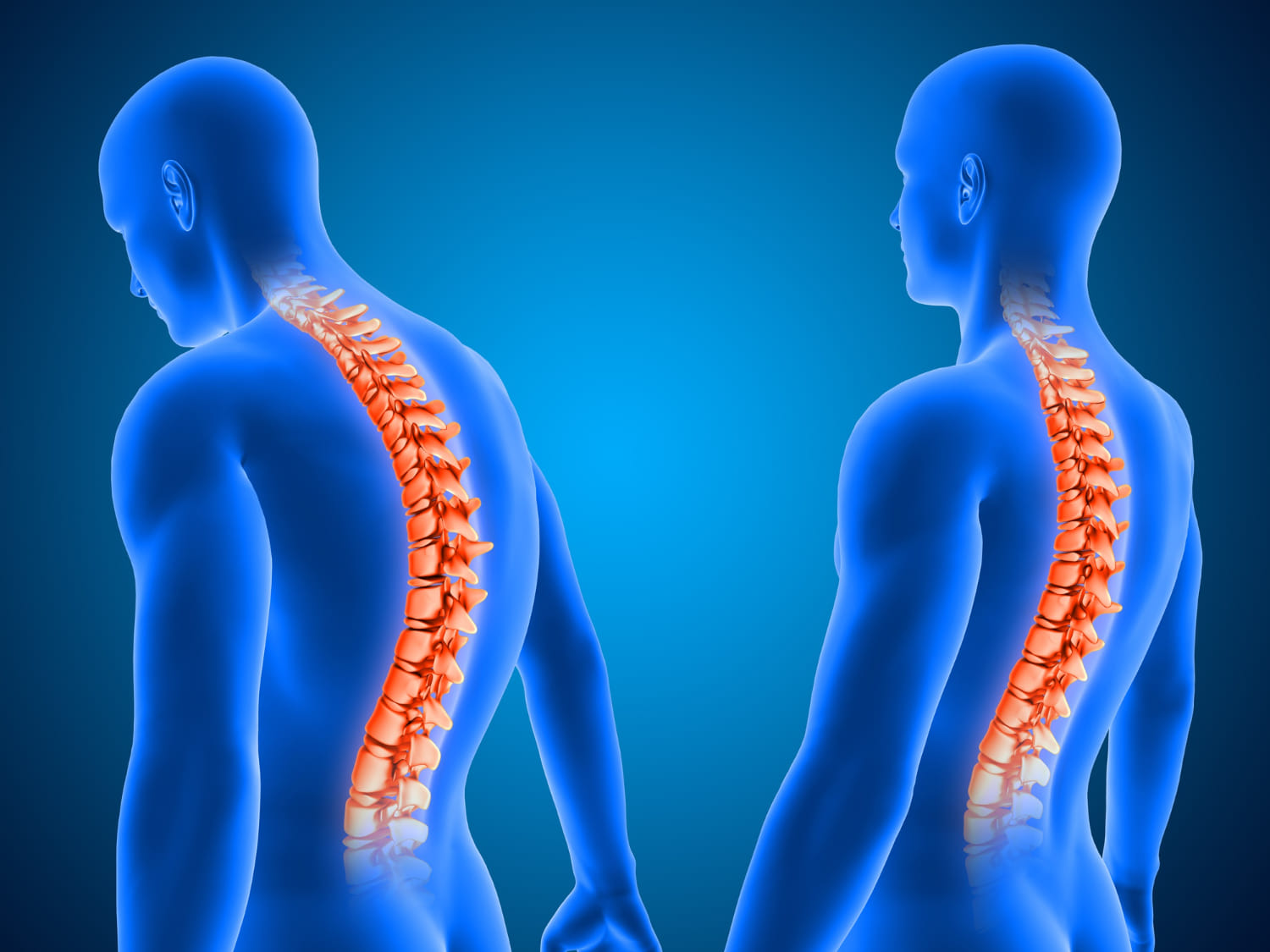When ongoing pain becomes part of daily life, simple solutions often fall short. At Lifestyle Pain Management, we specialize in more than just masking symptoms—we focus on identifying root causes and designing personalized treatment plans so patients can reclaim comfort and functionality.
Why Traditional Pain Relief Often Isn’t Enough
Over-the-counter medications or rest may provide brief relief, but chronic pain frequently stems from underlying conditions—such as nerve impingement, degenerative joints, musculoskeletal imbalances, or inflammatory disorders. Without a targeted approach, pain tends to return or worsen over time.
Modern Pain Management Techniques That Bring Results
Here are evidence-based strategies commonly used to treat persistent pain at expert clinics like Lifestyle Pain Management:
1. Interventional Procedures & Injections
Steroid, nerve block, facet, epidural, or joint injections offer localized relief and can interrupt pain cycles.
2. Physical Therapy & Movement Optimization
Guided therapy helps restore mobility, correct compensatory patterns, strengthen support muscles, and increase circulation.
3. Neuromodulation & Electrical Therapies
Techniques like TENS, spinal cord stimulators, or nerve stimulators use electrical signals to suppress pain transmission.
4. Medication Management & Pain Modulators
Instead of blanket prescriptions, modern protocols use targeted medications (e.g. nerve pain agents, muscle relaxers) at optimized dosages.
5. Regenerative & Biological Treatments
Procedures such as PRP (platelet-rich plasma) or stem cell therapies may support tissue healing in select cases.
6. Lifestyle & Behavioral Interventions
Sleep habits, nutrition, stress management, and movement therapies all influence pain thresholds and recovery.
Choosing the Right Management Plan for You
Effective pain care isn’t one-size-fits-all. Consider:
- Pain source & diagnosis — Imaging, nerve studies, lab work help pinpoint causes
- Impact on life & goals — Are you trying to walk, work, play, or return from injury?
- Risk vs benefit evaluation — Less invasive options are tried first, advancing to more complex ones if needed
- Long-term sustainability — The goal is lasting improvement, not just temporary relief
A quality pain clinic walks with you through that process—step by step.
What to Expect During a Pain Management Visit
- Comprehensive Evaluation — Review your health history, imaging, and symptom patterns
- Physical Examination — Assess posture, mobility, neurological function, and trigger points
- Diagnostic Testing — Orders for MRIs, nerve conduction, labs, or scans when needed
- Personalized Treatment Plan — A plan combining multiple modalities based on your condition
- Ongoing Monitoring & Adjustments — Tracking results, tweaking strategies, and evolving care
How Patient Lifestyle Affects Pain Outcomes
You play a crucial role. These factors often move the needle:
- Movement & Exercise — Gentle, consistent activity helps reduce stiffness and build strength
- Nutrition & Hydration — Anti-inflammatory diets support recovery
- Sleep Quality — Poor rest worsens pain sensitivity
- Stress Management — Psychological stress can magnify pain experience
- Mind-Body Therapies — Meditation, biofeedback, acupuncture, and cognitive techniques often complement medical treatments
Chronic pain doesn’t have to control your life. With modern, individualized pain management strategies available at Lifestyle Pain Management, many patients regain mobility, reduce reliance on medications, and restore enjoyment in daily activities.

